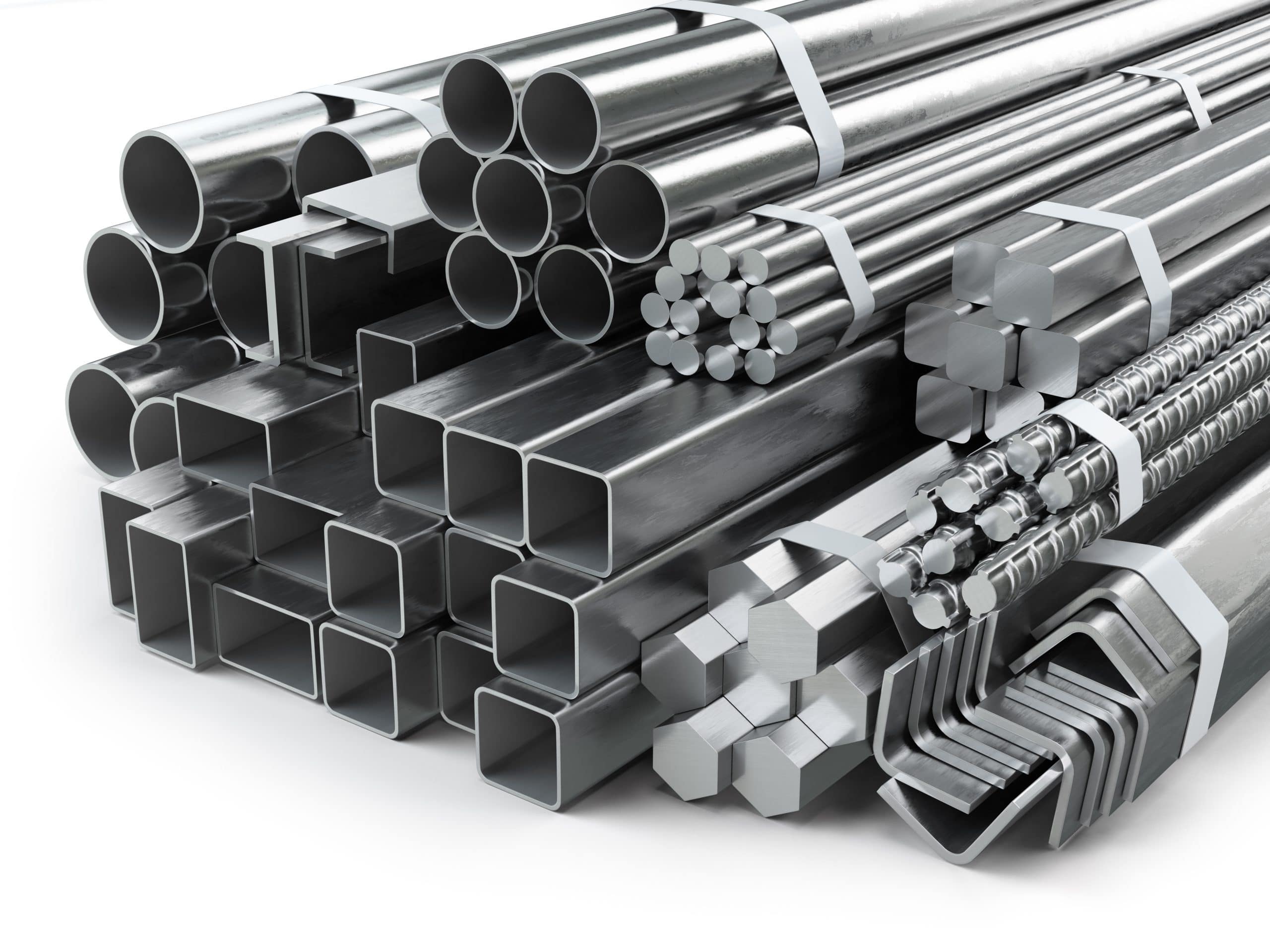
Staballoy, a type of stainless steel, is a fascinating material with a wide range of applications. Known for its exceptional strength and resistance to corrosion, it plays a crucial role in industries from aerospace to medical devices. But what exactly makes Staballoy so special? Its unique composition includes elements like chromium, nickel, and molybdenum, which contribute to its durability and versatility. Whether you're a student, a professional, or just curious, understanding the properties and uses of Staballoy can be incredibly beneficial. Let's dive into 30 intriguing facts about this remarkable alloy that highlight its importance and versatility.
Key Takeaways:
- Staballoy, a strong and rust-resistant stainless steel, has a rich history and diverse applications. Its environmental friendliness and potential for future advancements make it a valuable material in various industries.
- With its high strength, resistance to corrosion, and recyclability, Staballoy is a versatile and sustainable material for automotive, construction, and environmental technologies. Its future looks bright with ongoing research and innovation.
What is Staballoy?
Staballoy, a type of stainless steel, is known for its exceptional strength and resistance to corrosion. This alloy is used in various industries due to its unique properties. Let's dive into some fascinating facts about Staballoy.
-
Staballoy is a combination of the words "stainless" and "alloy," highlighting its primary characteristics.
-
It contains a high percentage of chromium, which gives it its corrosion-resistant properties.
-
The alloy also includes nickel, enhancing its strength and durability.
-
Staballoy is often used in the aerospace industry due to its ability to withstand extreme temperatures.
-
It is also popular in the medical field for surgical instruments and implants because it does not react with bodily fluids.
Historical Background of Staballoy
Understanding the history of Staballoy can provide insight into its development and applications over time.
-
The development of Staballoy began in the early 20th century as scientists sought materials that could resist rust and corrosion.
-
Harry Brearley, a British metallurgist, is credited with discovering stainless steel in 1913, which laid the groundwork for Staballoy.
-
During World War II, the demand for durable and corrosion-resistant materials led to significant advancements in Staballoy production.
-
The alloy's use expanded rapidly in the post-war era, finding applications in various industries.
-
Today, Staballoy is a critical material in modern engineering and manufacturing.
Properties of Staballoy
The unique properties of Staballoy make it a valuable material for many applications.
-
Staballoy has a high tensile strength, making it ideal for structural applications.
-
It is highly resistant to oxidation, even at high temperatures.
-
The alloy's non-magnetic properties make it suitable for use in electronic devices.
-
Staballoy is also resistant to pitting and crevice corrosion, which can occur in harsh environments.
-
Its smooth surface finish makes it easy to clean and maintain.
Applications of Staballoy
Staballoy's versatility allows it to be used in a wide range of industries and applications.
-
In the automotive industry, Staballoy is used for exhaust systems and catalytic converters.
-
The construction industry uses it for building facades and structural components.
-
Staballoy is also used in the production of kitchenware and cutlery due to its resistance to staining and rust.
-
In the oil and gas industry, it is used for pipelines and offshore platforms.
-
The marine industry relies on Staballoy for shipbuilding and underwater structures.
Environmental Impact of Staballoy
Considering the environmental impact of materials is essential in today's world, and Staballoy is no exception.
-
Staballoy is 100% recyclable, making it an environmentally friendly material.
-
The production of Staballoy generates less waste compared to other materials.
-
Its durability means that products made from Staballoy have a longer lifespan, reducing the need for frequent replacements.
-
The alloy's resistance to corrosion reduces the risk of environmental contamination.
-
Advances in manufacturing processes have made the production of Staballoy more energy-efficient.
Future of Staballoy
The future of Staballoy looks promising as new technologies and applications continue to emerge.
-
Researchers are exploring ways to enhance the properties of Staballoy through nanotechnology.
-
The development of new alloys based on Staballoy could lead to even stronger and more durable materials.
-
Staballoy is expected to play a significant role in the development of renewable energy technologies.
-
The demand for Staballoy is likely to increase as industries seek more sustainable and long-lasting materials.
-
Innovations in recycling and production methods will continue to improve the environmental footprint of Staballoy.
The Last Word on Staballoy
Staballoy, a type of stainless steel, stands out for its durability, corrosion resistance, and versatility. Used in everything from medical instruments to aerospace components, it’s a material that keeps proving its worth. Its unique composition, often including elements like chromium and nickel, gives it the strength and resilience needed for demanding applications.
Understanding these 30 facts about Staballoy helps appreciate why it’s a go-to choice in many industries. Whether it’s the high tensile strength, resistance to extreme temperatures, or low maintenance requirements, Staballoy offers numerous benefits.
Next time you encounter stainless steel in everyday items or high-tech equipment, remember the incredible properties of Staballoy. It’s not just metal; it’s a marvel of modern engineering.
Frequently Asked Questions
Was this page helpful?
Our commitment to delivering trustworthy and engaging content is at the heart of what we do. Each fact on our site is contributed by real users like you, bringing a wealth of diverse insights and information. To ensure the highest standards of accuracy and reliability, our dedicated editors meticulously review each submission. This process guarantees that the facts we share are not only fascinating but also credible. Trust in our commitment to quality and authenticity as you explore and learn with us.
